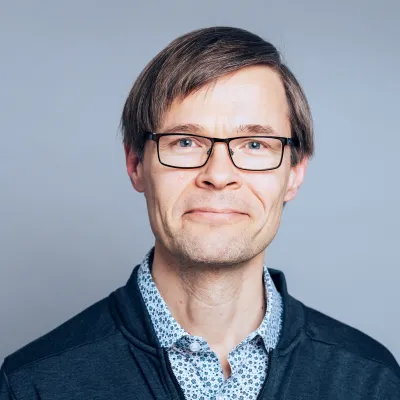General Conference on Weights and Measures (CGPM) is the supreme authority of the international metrology organization being responsible of the international system of units SI. Delegates from the member states of international treaty called Metre Convention meet in a CGPM meeting every four years to make most high level and fundamental decisions of the organization.
In 2018, CGPM made a historical decision by agreeing on the new definition of the SI unit system. Now, four years later, the most important topics were:
- new prefixes to be included in the SI system
- pathway to redefine second
- work programme and budget of the International Bureau of Weights and Measures (BIPM)
- members of the International Committee for Weights and Measures (CIPM).
New prefixes to avoid misunderstanding with extremely large and small numerical values
In everyday life, we are used to use prefixes like milli and kilo when expressing e.g., diameter of a knitting needle in millimetres or driving distance in kilometres. When reading a content description of a medicine package, we understand better the amount of ingredient when it is given in micrograms instead of grams. We are fluently using prefixes mega, giga and even tera when discussing about computers and data storage. Until last November the smallest prefix in SI system was yocto (10–24) and the largest one was yotta (1024). However, it has become evident that especially scientists around the world are using even smaller and larger numerical values and unofficial prefix names have been given to make communication and data processing easier. To avoid confusions with these extreme numerical values, four new prefixes were introduced to SI system: quecto (10–30), ronto (10–27), ronna (1027), quetta (1030). The full list of SI prefixes is given in the table below.

Towards even more accurate timing
At present, the definition of second is based on the fixed numerical value of the hyperfine transition frequency of caesium 133 atom. This enables realizing second with the relative uncertainty of 10–16 at best with microwave caesium clocks. However, even more accurate time and frequency services will be needed in the future. This was confirmed by an extensive survey amongst various stakeholders carried out by the Consultative Committee for Time and Frequency (CCTF). VTT MIKES and several other national metrology institutes have demonstrated capability to achieve the relative uncertainty level of 10–18 with optical atom clocks based on different species and transitions. To benefit of this development, a new definition of second is needed. Therefore, CGPM decided to advance this development and set the target for adopting the new definition to the 29th CGPM meeting in 2030.
Visiting scientists will significantly contribute to the scientific work of BIPM
Around 70 people are working in the BIPM office and laboratories located in Sevrés on the outskirts of Paris. The scientific work focuses on quantum electrical standards, kilogram realization, coordinated universal time (UTC), and specific fields of chemical and ionizing radiation metrology. A significant part of BIPM’s work focuses on communication, institutional liaison, capacity building and knowledge transfer. CGPM approved the BIPM Work Programme for 2024–2027 in which visiting scientists have a significant role: secondees are expected to cover more than 10 % of the personnel.
Further information about the CGPM meeting can be found at https://www.bipm.org/en/cgpm-2022.

